Can Chimneys Get Repaired in the Winter?
It’s always best to avoid making chimney repairs in winter, and that’s not just because it means your fireplace won’t be usable for part of the wintry season. The nature of masonry materials is the primary reason winter chimney repairs are not recommended. Actually, in the past, masonry repairs were only doable with temperatures above 40ºF. Although there are now ways to get around this limitation, chimney repairs in winter are still far from ideal.
 How are Wintertime Masonry Repairs Possible?
How are Wintertime Masonry Repairs Possible?
Cold, wet weather is the worst environment for making chimney masonry repairs. The repairs can still be done, however, because new masonry materials are now available that can be used in frigid temperatures. Also, experienced chimney sweeps have the supplies and know-how to use tarps effectively and keep the masonry materials warmer as well as drier. Heaters are used to provide necessary warmth for curing of the masonry materials. The results are not as long-lasting as performing chimney repairs in summer, but winter repairs on a chimney can work in a pinch.
When Masonry Repairs Should Not be Delayed
If you have large cracks in your chimney or it is leaning, putting off repairs is worse than making winter repairs. Whenever possible, it is always important to prevent moisture from getting into the chimney system. If water gets into the masonry, a destructive process begins. During each freeze-and-thaw cycle of winter, the water inside the masonry expands and contracts. This movement also creates shifting of the masonry, causing irreversible deterioration over time.
Another reason to avoid allowing rain, sleet, and snow to pour directly into your home through a damaged chimney system is because your home interior can also suffer damage. Also, of course, until this type of damage is repaired, the fireplace should not be used. This may mean that you spend a winter without your favorite part–warm, glowing fires on icy winter days. If you have a modern, efficient fireplace, putting the fireplace out of commission also means higher winter utility bills.
 How to Avoid Chimney Repairs in Winter
How to Avoid Chimney Repairs in Winter
If you have chimney inspections in spring or early summer, you’re able to schedule needed repairs at the best possible time of year. This will give you the pleasure of being prepared with your favorite heating appliance before winter arrives.
Scheduling your chimney inspections and repairs in warm months also allows you to beat the rush. Year after year, qualified chimney sweeps stay quite busy from fall through the end of winter. Emergency repairs are difficult to squeeze into already busy work schedules. However, just as qualified chimney sweeps can make winter masonry repairs work when necessary, they can also find ways to meet their customers’ needs in busy times.
Call Northeastern Chimney LLC
Our chimney sweeps at Northeastern Chimney LLC are all CSIA-certified, which means they have the training, knowledge, and experience to provide top-notch chimney services as well as peace of mind. Whether you need chimney repairs in winter, chimney cleaning, installation of a new fireplace or stove, or any other chimney services, give us a call! We’re here for you year-round, and we’ve served the central Connecticut area since 1987. Call Northeastern Chimney LLC today at 860-233-5770.
This post first appeared on https://www.mychimney.com

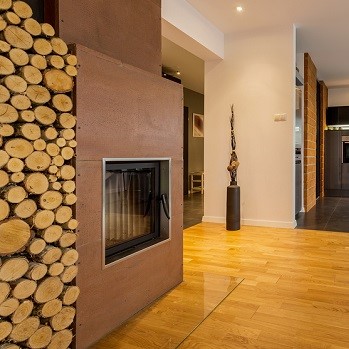 Installing a new
Installing a new 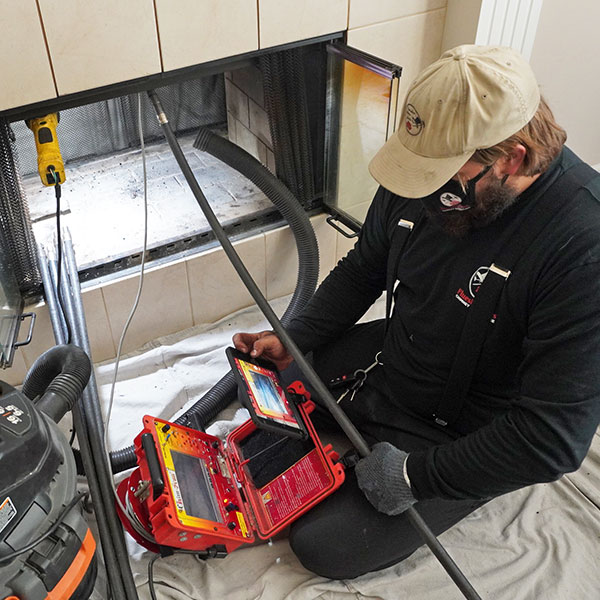 Not cleaned and inspected regularly
Not cleaned and inspected regularly When a chimney is beginning to deteriorate but the bricks are still in good condition, chimney repointing may be the best solution. Chimney repointing is when we partially grind out the mortar joints between the bricks of a chimney and fill them in again with new mortar. Since the brick is still in great shape, replacing the mortar can give a chimney new life. Some people confuse chimney repointing with chimney rebuilding.
When a chimney is beginning to deteriorate but the bricks are still in good condition, chimney repointing may be the best solution. Chimney repointing is when we partially grind out the mortar joints between the bricks of a chimney and fill them in again with new mortar. Since the brick is still in great shape, replacing the mortar can give a chimney new life. Some people confuse chimney repointing with chimney rebuilding. 

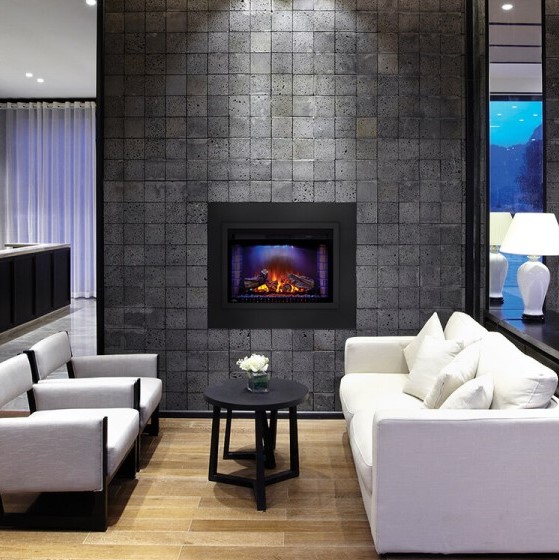 Rental property landlords need to regularly maintain and update their properties to remain competitive and maximize rental income. Like wood flooring and stainless-steel appliances,
Rental property landlords need to regularly maintain and update their properties to remain competitive and maximize rental income. Like wood flooring and stainless-steel appliances, 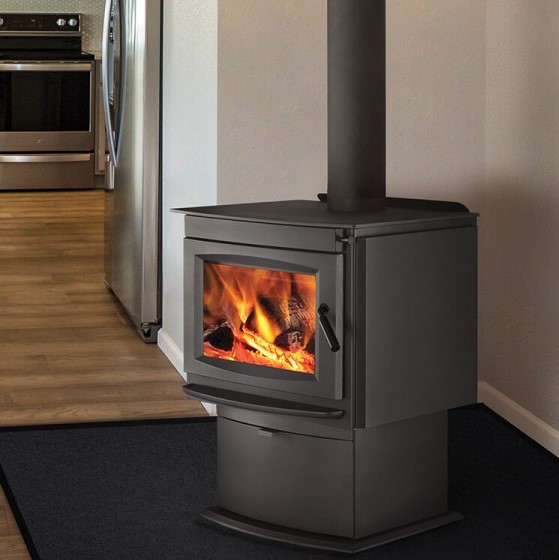 Rental Agreement
Rental Agreement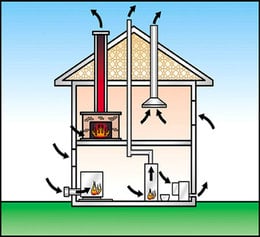

 smoke builds up in your fireplace and it will of course alert you in case of any kind of fire. Your carbon monoxide detector will let you know if there is a leak in your home which is essential, given that carbon monoxide is odorless and deadly.
smoke builds up in your fireplace and it will of course alert you in case of any kind of fire. Your carbon monoxide detector will let you know if there is a leak in your home which is essential, given that carbon monoxide is odorless and deadly.
